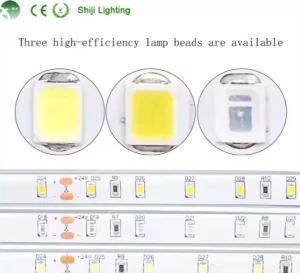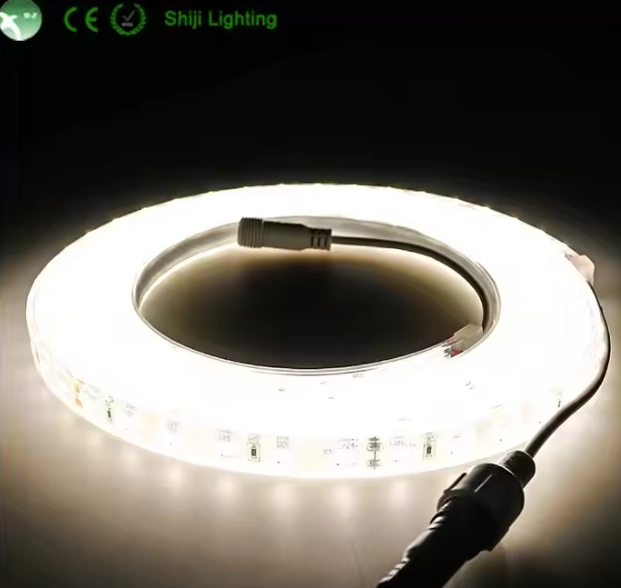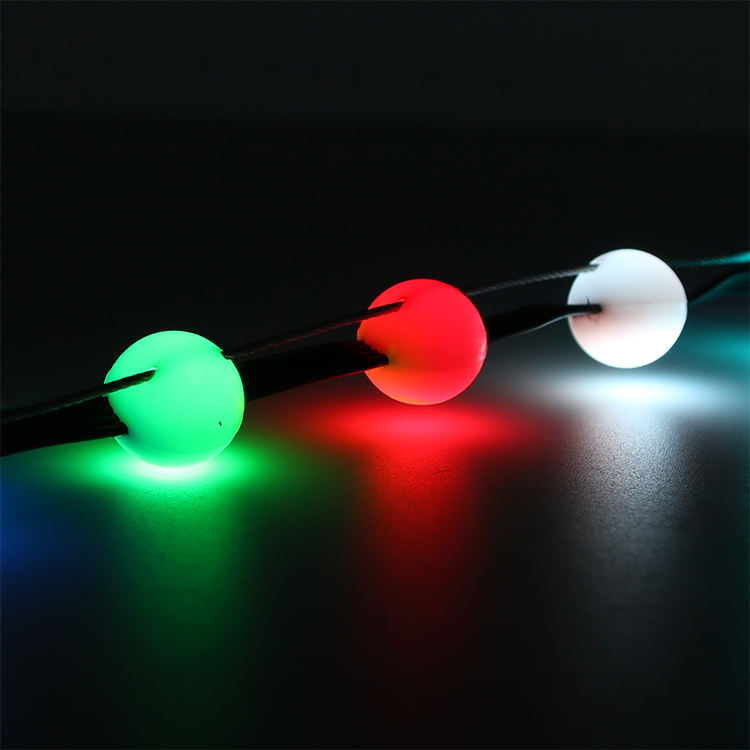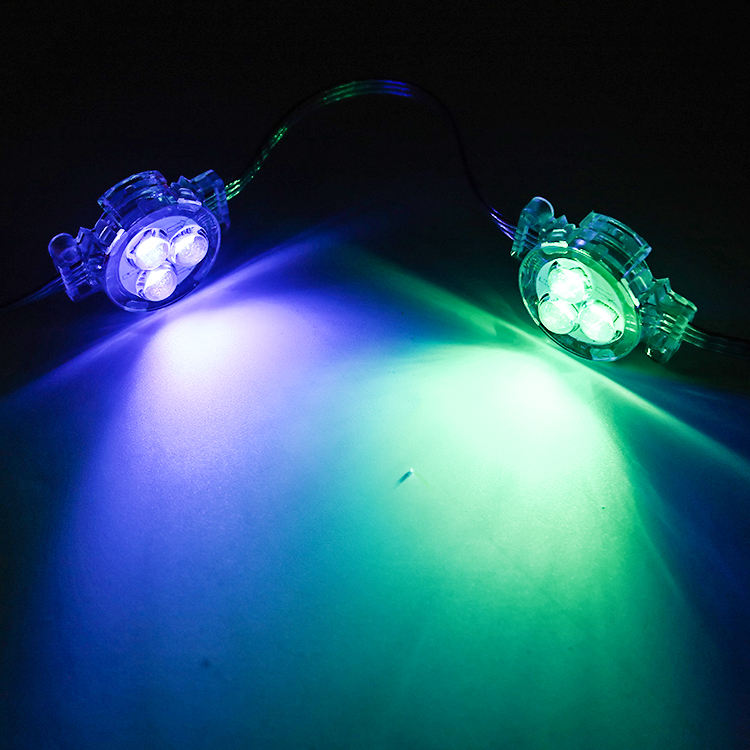The Basics of LED and Incandescent Lightbulbs
Introduction to LED and Incandescent Bulbs
When it comes to lighting technology, LED (Light Emitting Diode) and incandescent bulbs are some of the main types. Each of the types has its own unique features that suit different types of needs and expectations. Knowledge of this difference is important to make the right decision on the background of lighting applications.
Principles of Light Emission
How LEDs Emit Light
LEDs – Light Emitting Diodes – work using the principle of electroluminescence, which utilizes the movement of electrons – through a semiconductor – to emit light. The electrical current through the diode excites electrons so that they emit energy as photons, which are visible light. This is a very efficient process, converting almost all of the energy into light rather than heat.
How Incandescent Bulbs Emit Light
Incandescent light bulbs work by passing an electrical current through a filament, usually tungsten. It heats up to a high temperature by the element due to its resistance until glowing, producing light. This is the less efficient method because most of the energy gets lost as heat instead of being converted into light visible.
| Feature | LED Lamps | Incandescent Lamps |
| Light Emission | Electroluminescence | Thermal radiation |
| Energy Efficiency | High | Low |
| Lifespan | Long | Short |
| Heat Production | Minimal | High |
| Initial Cost | Higher | Lower |
| Environmental Impact | Low | High (due to energy consumption) |
Energy Consumption and Efficiency

Energy Use and Efficiency of LEDs
LEDs are very well-known for consuming very low energy. They use a fraction of the energy that an incandescent bulb uses, yet give off the same amount of light. That means lower electricity bills and less damage to the environment. They need less quantity of watts to generate higher lumens which makes them an eco-friendly lighting solution for home as well as commercial purpose lighting solutions.
Energy Use and Efficiency of Incandescent Bulbs
All incandescent bulbs include lots of caloric output for the light you get; Add in the fact that they only turn about 10% of their input energy into visible light; the rest gets lost to heat, converting into the other 90%. This wastage leads to inflated utility bills for customers and further adds to the environmental load by increasing power generation needs.
Lifespan Considerations
Longevity of LED Bulbs
LED bulbs also stand out for their durability. Because of their durable construction and brilliant efficiency, LEDs can last as much as 25 instances longer than normal incandescent bulbs. Such longevity means that, in time, lesser replacement costs and maintenance work.
Lifespan Challenges for Incandescent Bulbs
Incandescent bulbs have a considerably shorter lifespan compared to LEDs. Typically lasting around 1,000 hours before burning out, they require frequent replacements which can be inconvenient and costly over time.
With these basic differences in mind when comparing LED vs incandescent bulb careers—from principles of operation to energy consumption, to lifespan—users in the field can make decisions that best suit their lighting needs and sustainability goals. By grasping these basic differences — how LED bulbs work, how incandescent and LED bulbs compare to other types of electrical bulbs, and how the two different types compare when it comes to energy usage — professionals in the field can be able to princely pair needs of lighting with appropriate choice of bulbs tailored to also fit the sustainability demands of the specific environments they seek to illuminate.
Environmental Impact and Sustainability
Environmental Benefits of LEDs
Because of their energy-saving feature and durability, LEDs bring tremendous environmental benefits. By being efficient, they use less power (and create less greenhouse gases from power plants), so they help do their part to fight climate change. The long lifespan of LEDs also minimizes the number of bulbs thrown out, decreasing landfill volume and the resources and processes used for manufacturing, packaging, and disposal.
Environmental Concerns with Incandescents
However, there are environmental risks associated with incandescent bulbs. This leads to higher carbon emissions from power plants due to their energy demands. Incandescent bulbs also have a short lifespan, and their frequent replacements contribute to a greater number of disposed bulbs. Their environmental footprint is also compounded by the energy-heavy production process as well. Combined they represent a less sustainable option than the LED bulbs supported by the technology.
Cost and Economic Considerations
Cost and Economic Benefits of LEDs
Although more costly than incandescent options initially, the long-term economics become favourable as you save more and more on your electricity bill. Over time, you can save money on your electricity bills with their energy efficiency. Also, their long lifespan reduces the need for replacement and maintenance, which means making them a more useful solution for, both residential and commercial use. The cost savings from these factors usually cover the upfront costs of LED technology in just a few years or less.
Cost Implications for Incandescent Bulbs
While incandescent bulbs are cheaper upfront, they cost more to maintain in the long term. This makes them use more energy which sprawls the electric bill. Moreover, their short lifespan not only drives direct costs for consumers up, but also raises indirect costs with waste management and environmental degradation due to their frequent replacement.
Applications and Adaptability
Application Range for LEDs
One of the most versatile applications range spans several industries and settings types is LEDs. Some are sold in multiple colors and can be dimmed or used for timed sequences for dynamic lighting. Such flexibility allows its use in residential lighting, commercial lighting, outdoor lighting, automotive lighting, and specialty applications such as horticultural lighting or medical devices. The ability to resist shock and vibration gives them additional utility in various situations.
Limitations in Incandescent Applications
Due to inefficiency and heat generation, incandescent bulbs have little application range. These are not ideal in cases where energy savings or accurate control over lighting conditions is critical. Their extreme fragility also limits their use in places that are subject to vibrations or shocks. Such limitations restrict them from being as adaptable as LED where the technology offers a combination of versatile capabilities.
Discover Shiji Lighting’s Range of Products
Overview of Shiji Lighting’s LED Offerings
Shiji Lighting boasts a wide range of addressable LED strips, programmable LED bars, Digital LED Pixel lights, LED module backlights for channel letters & signage, and more. Shiji Lighting is also known for its production facility, where they have some of the best automatic machines available to manufacture various market needs with the highest quality production standards.
Explore Additional Products
Shiji Lighting goes beyond the standard offering and provides tailor-made solutions for individual requirements in different applications. Their entire product range also includes an innovative collection of LED controllers that assist with the increased functionality of lighting systems through precision control and programmability. Shiji Lighting Sales teams bring wide industry experience in dealing with global business and are committed to being responsive to client needs in a professional and experienced manner.
Shiji Lighting offers a full spectrum of professional lighting designed to meet the real needs of a wide range of projects, from everyday to high-end applications that may even involve complex integrations of technology.



